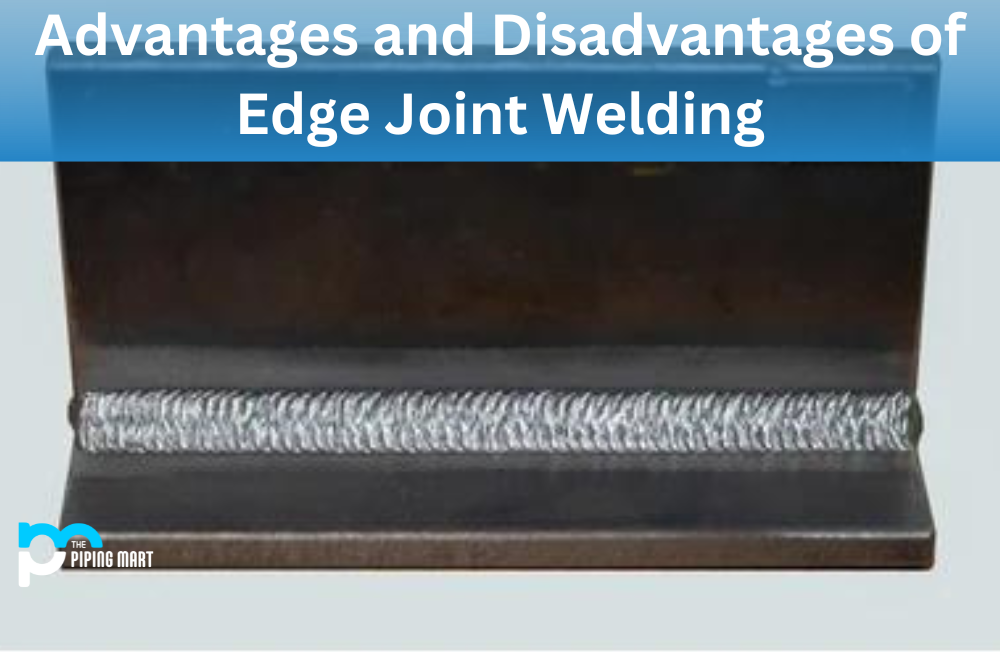Stir casting is a necessary manufacturing process used by various industries. It involves stirring molten metal to create a uniform mixture that is then solidified into a final product. This process is not only efficient but also cost-effective. But did you know that different stir-casting techniques are used in various industries? This blog post will explore these different types of stir casting and their unique benefits.
Low Shear Stir Casting
This process involves low stirring speeds and less agitation of the molten metal. It is commonly used for manufacturing thin-walled and complex components with complex shapes. Low-shear stir casting is suitable for producing difficult casting parts using other techniques. This technique ensures uniform distribution of particles in the molten metal and has features with a high-quality surface finish.
High Shear Stir Casting
As the name suggests, this technique involves high stirring speeds and more agitation of the molten metal. This method is used to produce high-strength parts that require excellent material properties. High shear stir casting ensures uniform distribution of particles, reduces porosity and provides good mechanical properties. It is commonly used in the aerospace, automotive, and defence industries.
Gas-Stirring Casting
Gas-stirring casting is an advanced technique used in the production of aluminium alloys. It involves injecting inert gas into the molten metal, creating bubbles to disperse particles evenly. This method produces parts with excellent mechanical properties, good surface finish, and high precision. Gas-stirring casting has engine blocks, transmission cases, and other high-performance aluminium components.
Ultrasonic Stir Casting
Ultrasonic stir casting is a new technique that utilizes high-frequency vibrations to stir the molten metal. This method produces a fine-grained structure in the final product, resulting in a superior surface finish, better mechanical properties, and enhanced resistance to fatigue. Ultrasonic stir casting makes medical, electronics, and aerospace components.
Rheocasting
This method involves the partial solidification of molten metal, followed by mechanical stirring to create a semi-solid slurry. The slurry is then transferred to a die or mould and solidified to produce the final product. Rheocasting has parts with excellent mechanical properties, high precision, and low porosity. It is commonly used in making automotive parts, electronic components, and sporting goods.
Conclusion
Stir casting offers a range of techniques that can be used to produce parts with different properties and characteristics. The choice, of course, depends on the requirements of the final product and the specific industry. By understanding the different types of stir casting, manufacturers can choose the best method to produce high-quality, cost-effective parts. Remember, stir casting can make high-performing parts that meet the strictest standards with the proper approach.

A passionate metal industry expert and blogger. With over 5 years of experience in the field, Palak brings a wealth of knowledge and insight to her writing. Whether discussing the latest trends in the metal industry or sharing tips, she is dedicated to helping others succeed in the metal industry.




